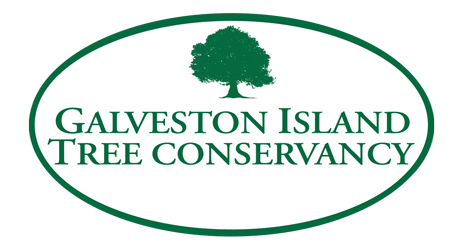Lacebark Elm
Tree Stories: Lacebark Elm by Margaret Canavan.
We generally appreciate trees for their beauty as well as for the cooling shade they provide during our hot and humid summer weather. One local tree is as interesting for its bark as its foliage and shade: the lacebark or Chinese elm (Ulmus parvifolia). If you have seen one up close you likely noticed unusual designs on the trunk.
This landscape standout earned the name lacebark elm for its distinctive exfoliating bark, which creates colorful lacy patterns on the trunk of mature specimens, often with subtle shades of brown, gray, green and orange. It is an attractive, graceful tree that grows with a rounded crown with small dark green leaves that provide autumn color as they change to yellow and reddish purple before they fall.
Native to Southeast Asia, lacebark elm is now found on all continents except Antarctica. It is not to be confused with the inferior Siberian Elm (Ulmus pumila), which was once dubbed “one of the world’s worst … ornamental trees that does not deserve to be planted anywhere.”
The lacebark is a medium to fast-grower that may reach 40 feet in ideal conditions. It is considered both a shade tree and an ornamental tree, as it features a spreading canopy capable of blocking sunlight while adding visual interest and beauty to landscaping. It is also a tough landscape tree, hardy enough for use in harsh planting situations such as street-side plantings and parking lots.
This elm needs full sun to partial shade, but tolerates a wide range of site conditions including acidic, alkaline, loamy, moist, sandy, well-drained and clay soils. It prefers normal moisture, but has some flood tolerance and drought resistance. Lacebark elm is highly resistant, but not immune, to the infamous Dutch elm disease and has become very popular as a replacement for American elms killed by that disease. It is also very resistant to the elm leaf beetle and no serious insect and disease problems are reported for this tree. It has been found to be particularly suitable for windswept locations along the coast — which sound remarkably similar to Galveston!
In addition to landscape beauty and shade, the tree has other practical uses. Its wood is considered the hardest of the elms and is desirable for furniture, cabinets, veneer and hardwood flooring and tool handles. In nature, its branches provide nesting sites for small animals and birds; the seeds are an abundant food source for birds; and the leaves are attractive to mourning cloak, eastern comma and question mark butterfly larvae.
Lacebark elm is an easy tree to grow. It transplants easily, tolerates poor soil and is a good choice for urban areas. The tree requires little maintenance other than pruning to develop a strong branch structure. In short, this is a superior elm that provides landscape interest due to its offers of shade, lovely bark, and fall color. It is available in the nursery trade. If you have space for one, take a look at the several young specimens in the 1800 block of 46th Street in Galveston.
———
“Tree Stories” is an ongoing series of articles about island trees, tree care and tree issues. If you have or know of a special tree on Galveston Island that should be highlighted, email treesforgalveston@gmail.com. Margaret Canavan is a Galveston resident, a Galveston County Master Gardener, and a member of the Galveston Island Tree Conservancy Board.


